For many years I have fantasized about joining a seasonal transhumance in Georgia, a country in which I have spent the last 4 months. Every Autumn, shepherds walk with huge herds of sheep (and some goats), for 5 days, from their summer mountain grazing grounds to lowland villages. They will only stay there a few short weeks in October and November, before heading south to their winter grazing areas near Azerbaijan. It is amazing that this long distance, multi stage migration still takes place, and only time will tell how long it will be continued.
In July, I spent 3 weeks in The Caucasus mountains near the Russian border in the region known as Tusheti. I met a few “brigades” of shepherds, and stayed at one camp where I observed the production of Guda, a sheep cheese aged in sheep skin sacks. I was invited to join these shepherds when they headed back down, but the exact date kept changing. First we were supposed to start on the 25th of September. Then it was the 30th. We finally got back to the Valley of Tsovata on October 3rd, to begin the walk. They try to stay in Tusheti until the last possible day, to preserve as much of their scant winter pasture as they can. Concepts of time and date are less concrete with mobile pastoralists. Timing and scheduling is more an adaptation to weather than a entries on a calendar. Distance is measured in days or hours of walking, rather than miles.
The valley looks different now, fall colors enflame the slopes of aspens, with a gradient of colors between elevations. In summer there were two herds: the main milking ewes down at the camp, and the lambs, rams, and pregnant ewes at a higher elevation with a single shepherd and some dogs. The 10 guardian dogs of various ages protect the herds from bears and wolves. These are loosely categorized as a breed called the Georgian Mountain Dog. They are gorgeous dogs with thick sleek coats and curly tails. These large working dogs are quite intimidating when they charge at you, barking, showing teeth. Once they see their human counterparts interact with you, and give you a thorough sniffing, it’s all good.
The herds are now combined into a single entity, ready for the journey. We had a quick breakfast of boiled sheep meat, bread, and salty cheese washed down with Turkish coffee, lots of sugar. The herd is made of 500 - 600 sheep and around 50 goats. I’ve learned if can be considered rude to ask how many sheep someone owns. It’s like if I just met you, and asked how much money is in your savings account.
As we start walking out of the valley, the creeks glisten in the morning light and I take one last look at this rare place of power. The donkeys trudge at their own slow pace and we have to keep the sheep from climbing the hillsides, as they are accustomed to doing during daily grazing circuits. This region will be covered in snow until next spring, when the herds returns in May.
We don’t carry our gear, but have a trailer hauled by truck to each night’s camp. When we arrive after sunset, the sheep are watched until dark, then encouraged to bed down close to our camp. We have a big fire and eat the same simple fare we have for most meals, which are more like snacks. Bread, tomatoes and cucumbers, salty sheep cheese. The nights are restless, as the dogs bark frequently, and sometimes chase or startle the horses. We all turn our lights on to prevent them from trampling us where we sleep on the ground.
On the 3rd day we cross a high pass in fog and drizzle. This is the front range of the Caucasus, and crossing the ridge we begin our descent into the lowlands of Alazani valley. This is the kind of experience I envisioned when I first conceived of this project. To walk with herds of dairy animals as they graze on vast landscapes. To participate in the seasonal movements of mobile pastoralists. The learn how the animals are milked and fed, how the cheese is made. It feels great to have followed this path for the last year, and these 5 days mark the end of a phase of the journey. After an amazing 4 months in Georgia, I pack my bag tight, and point my antenna in another direction.
The next phase will be a final 3 months in Europe, researching the production and use of rennet and other coagulants in Spain and Sardinia. This will be done for a scholarship I received called the Daphne Zepos Teaching Award. I will be gathering information on this overlooked and misunderstood topic that gets to the heart of the ethical reality of dairying and cheesemaking. I plan to return to the states in January, and bring the knowledge I have gathered back home, to be shared. Thank you all for your support and encouragement. The cheese rolls on.

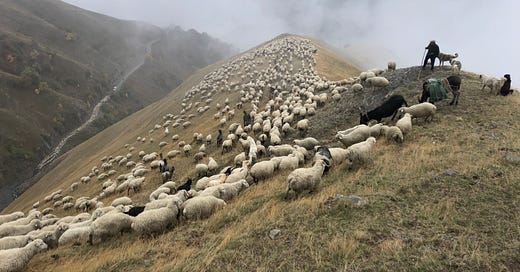



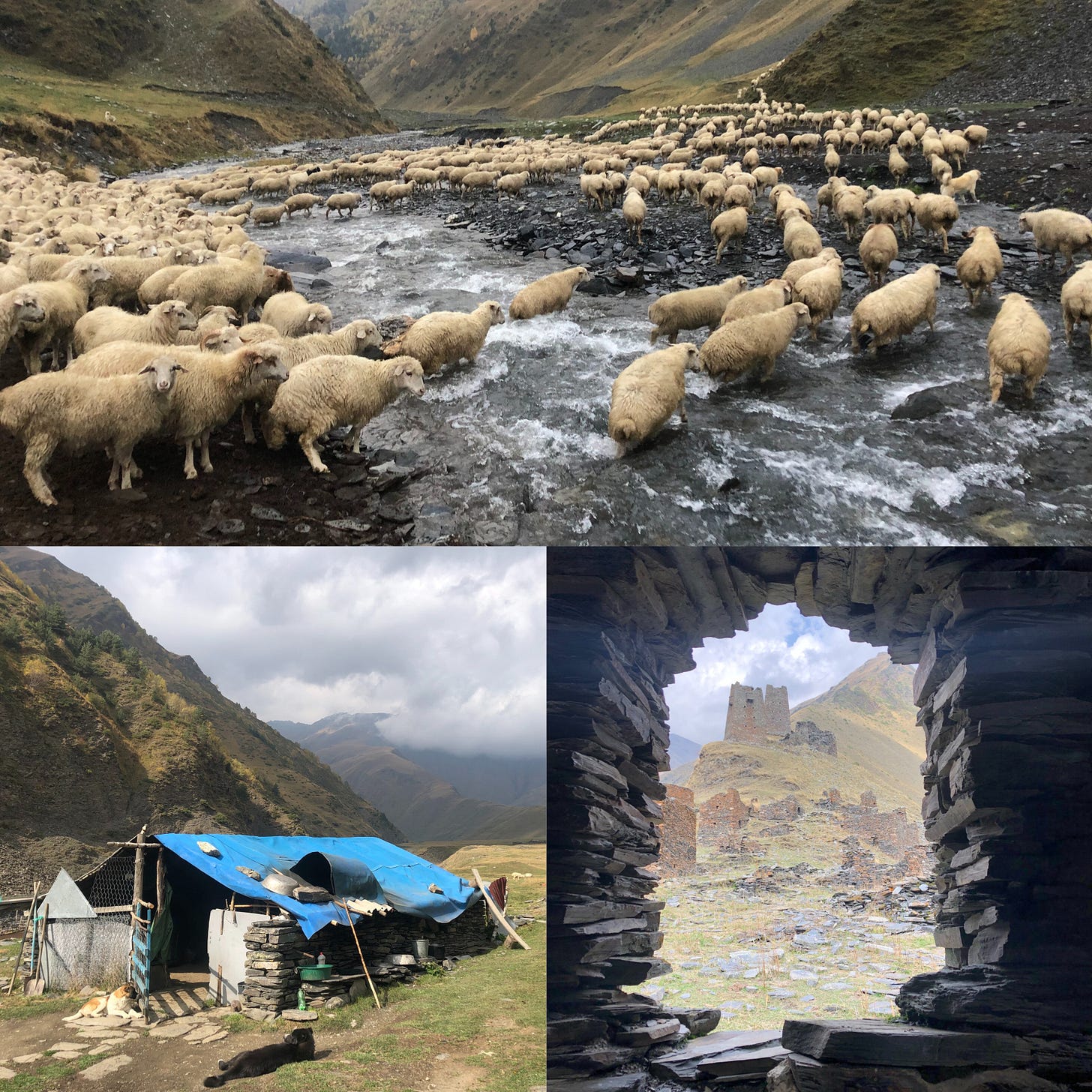
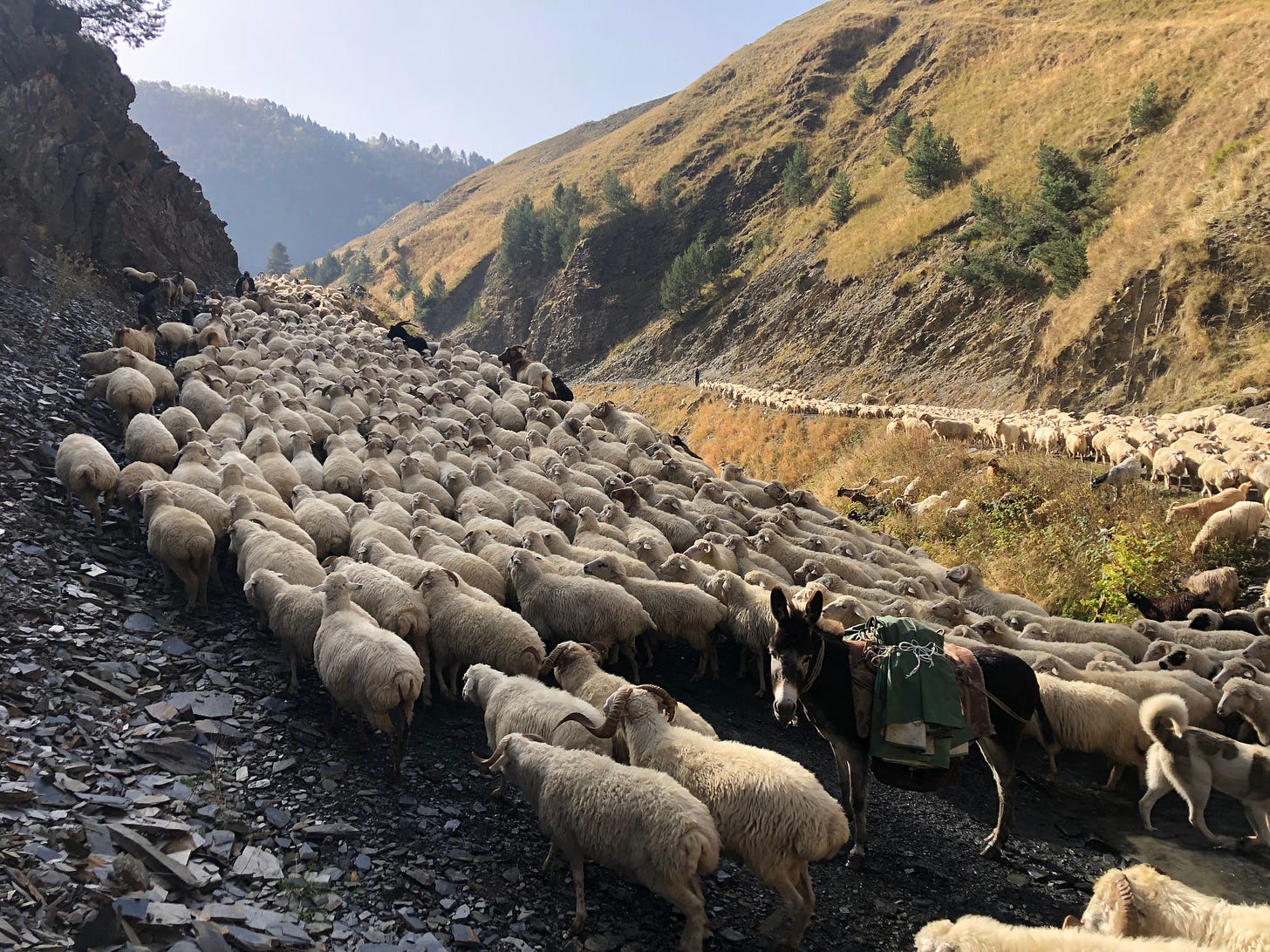
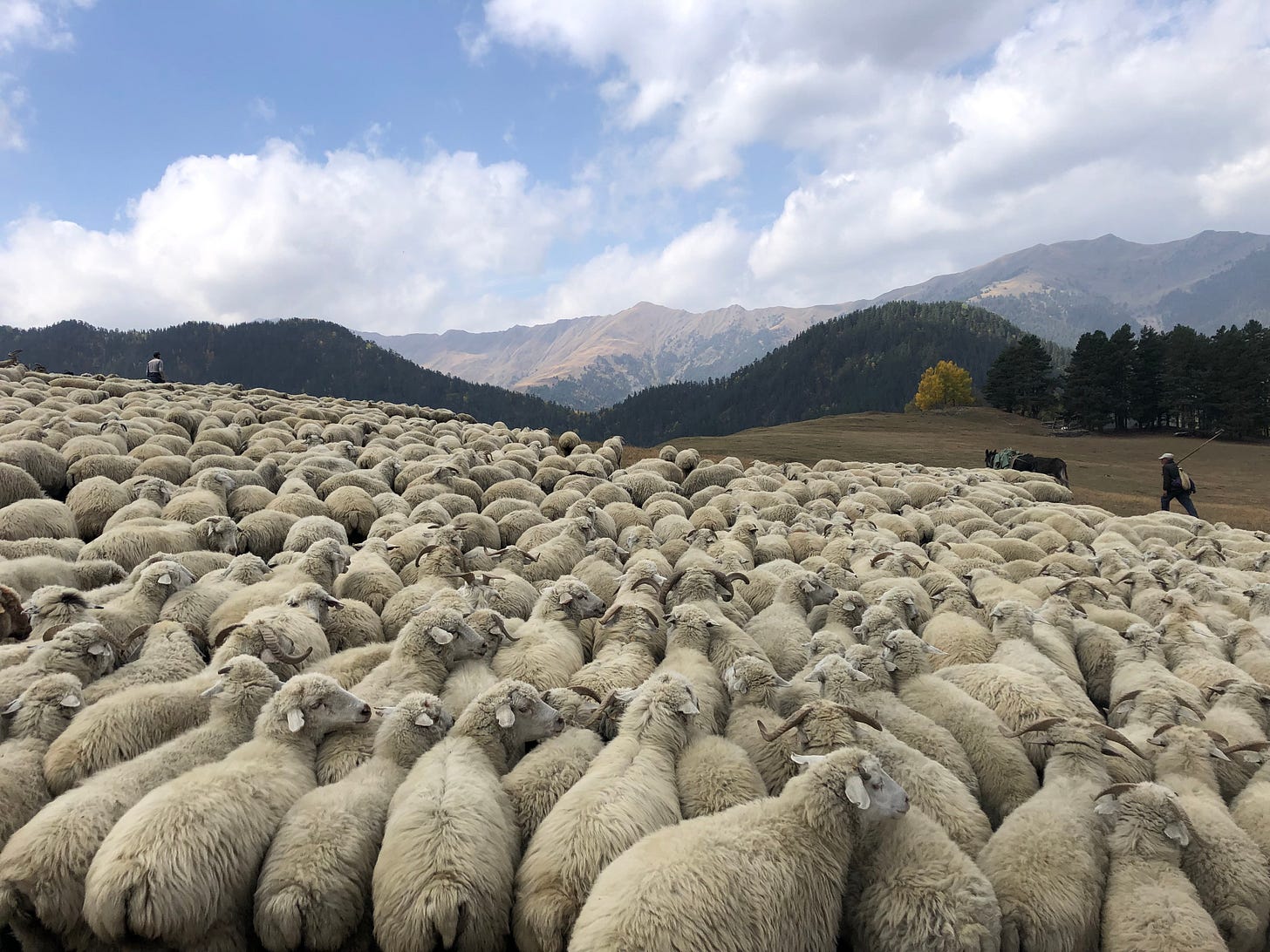
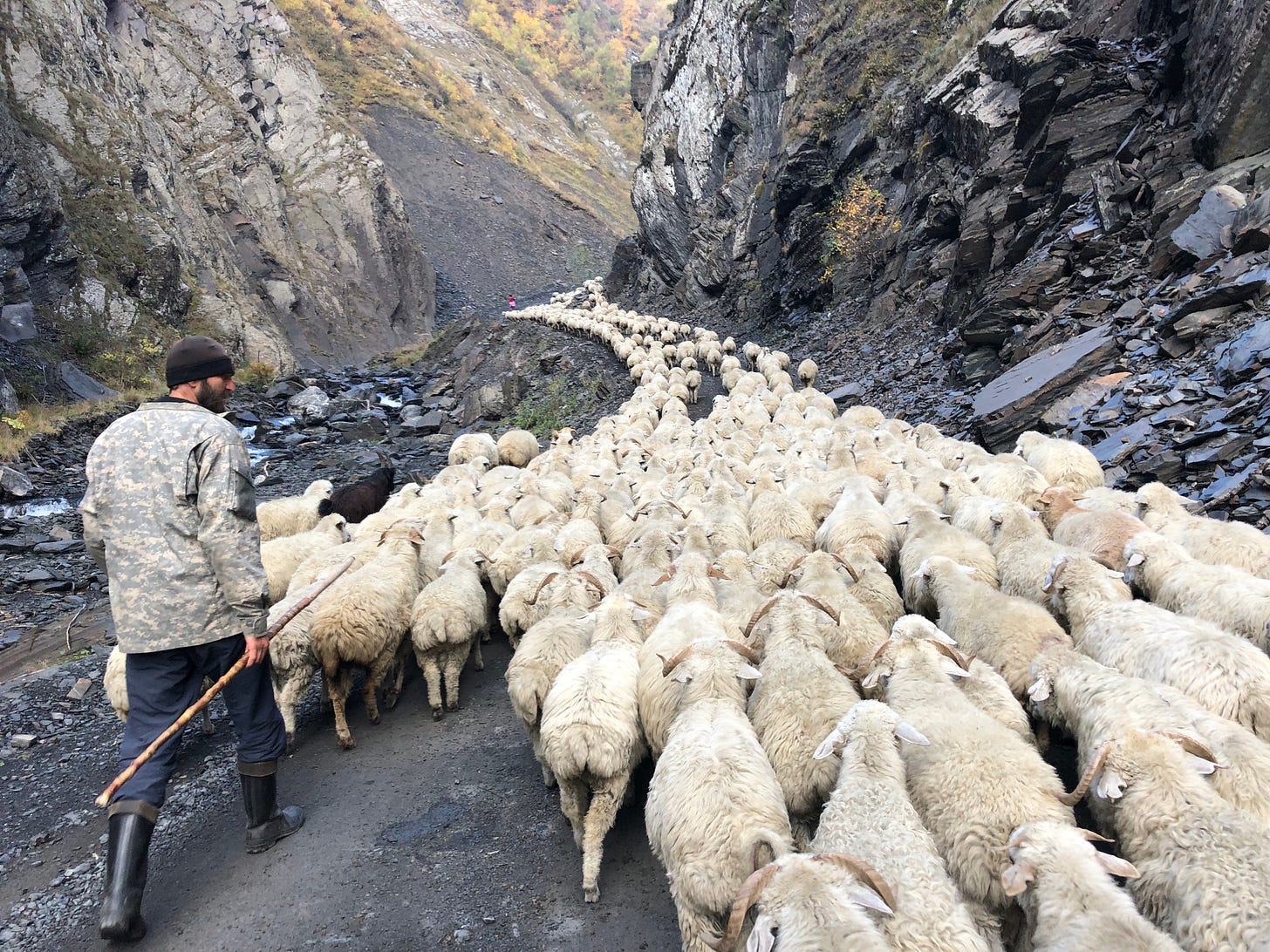
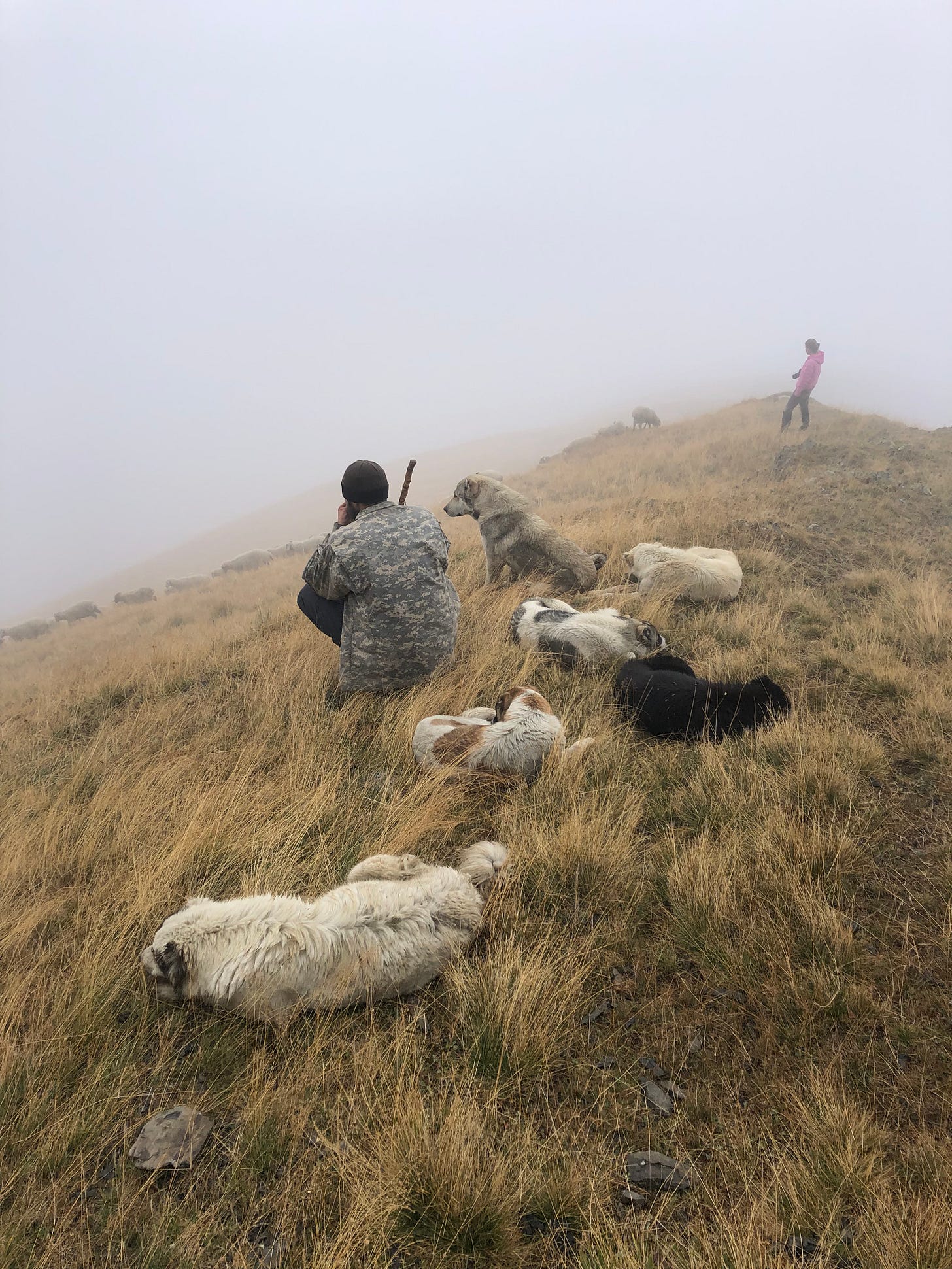
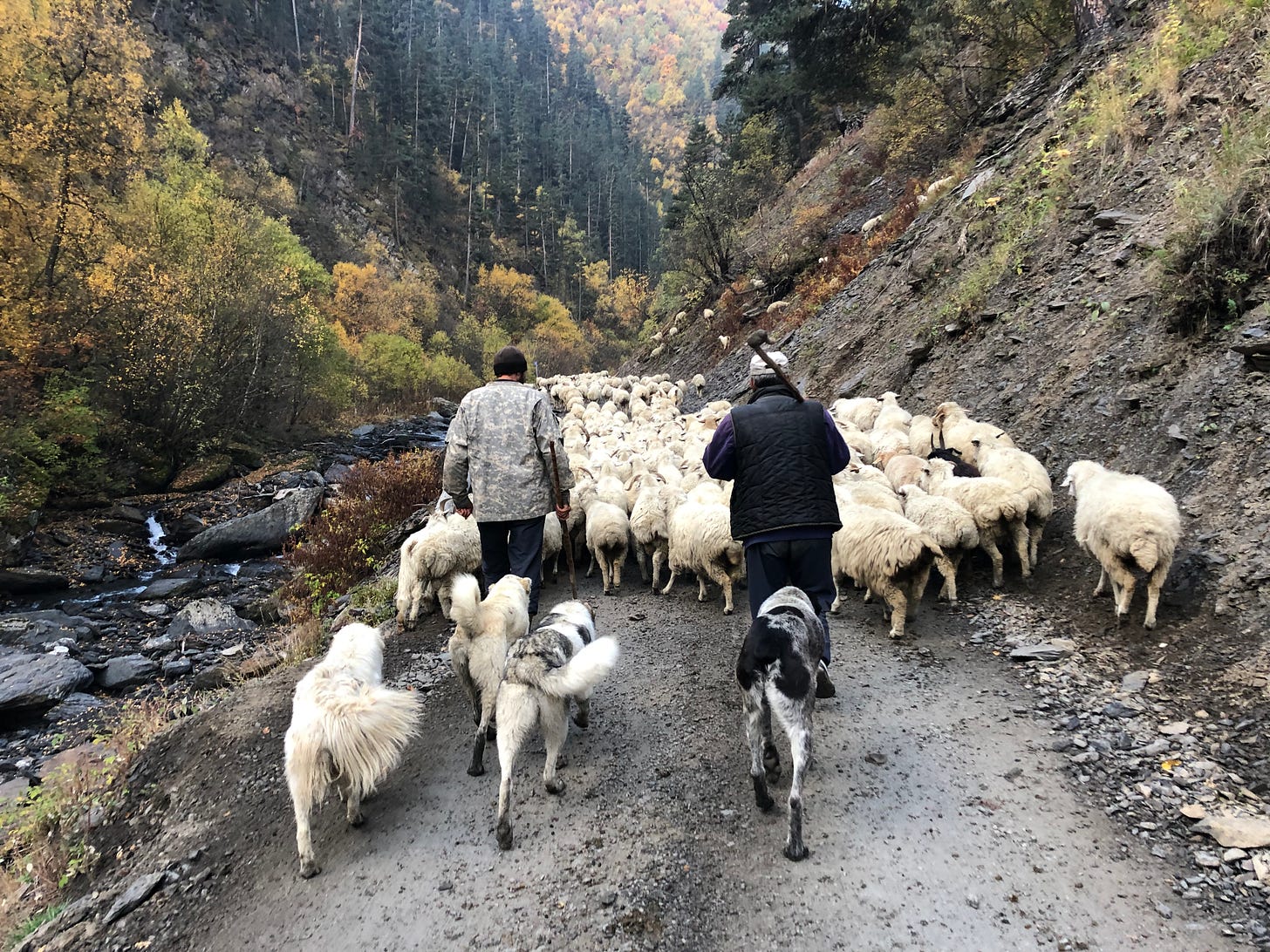
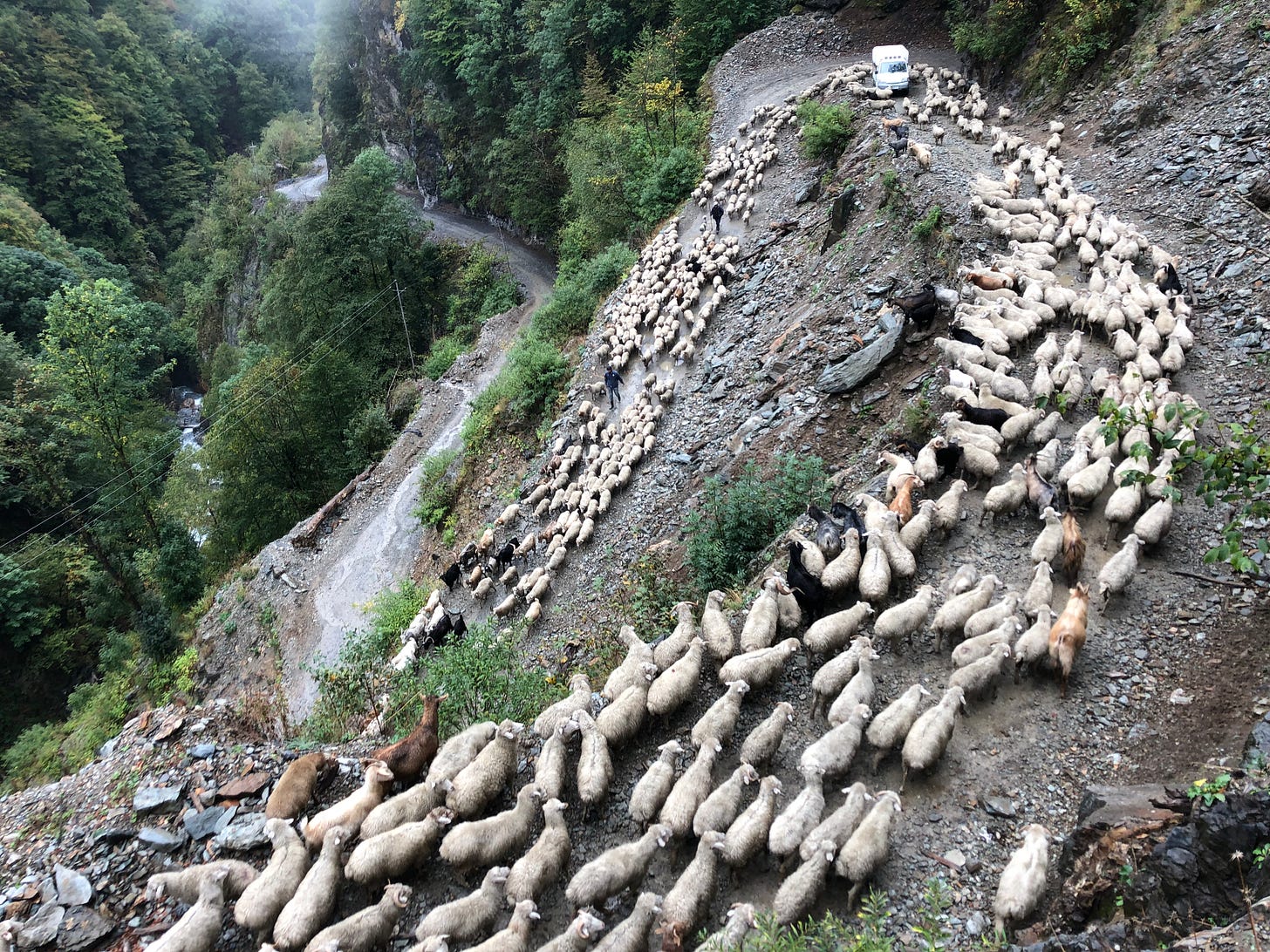
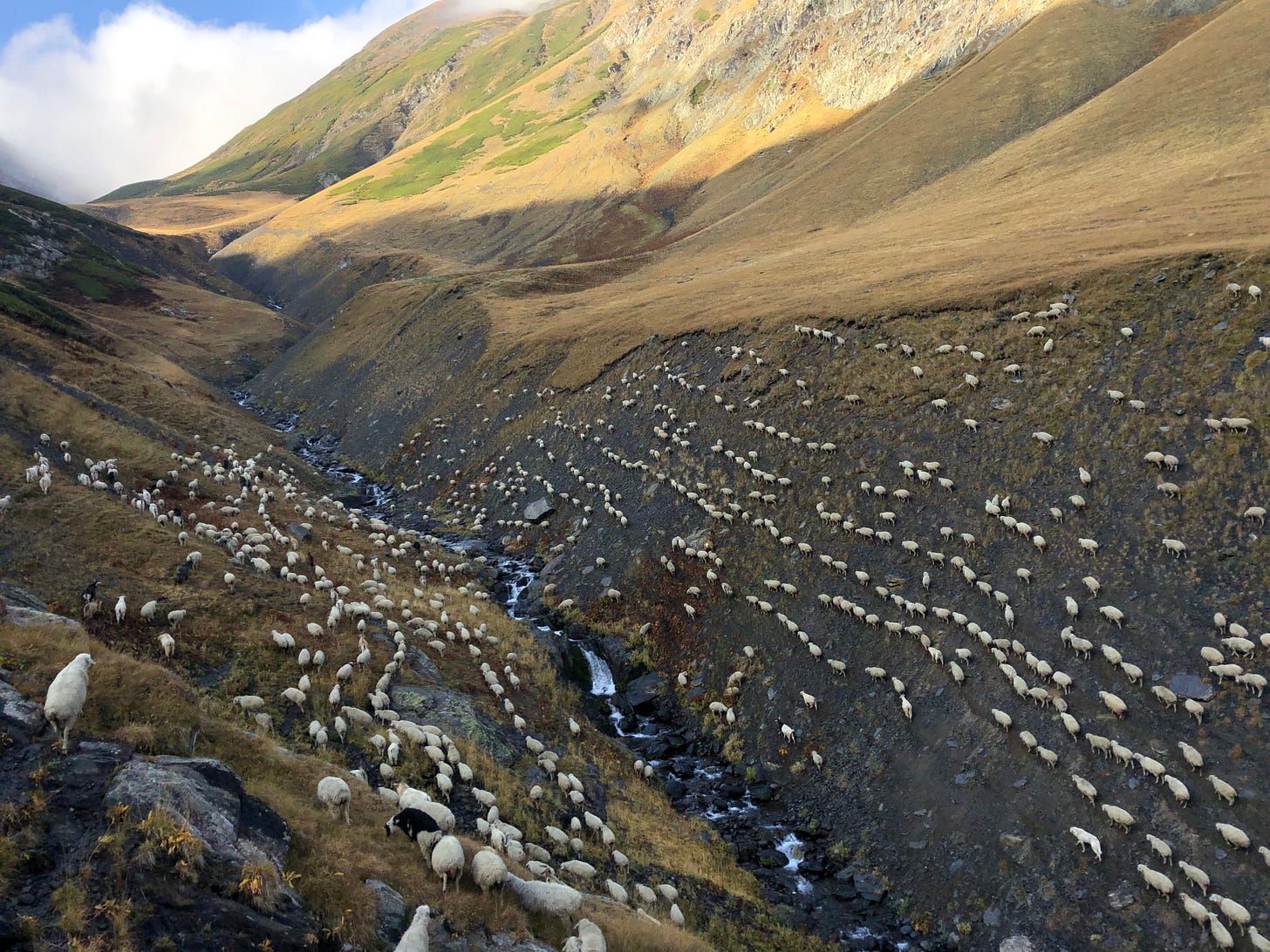
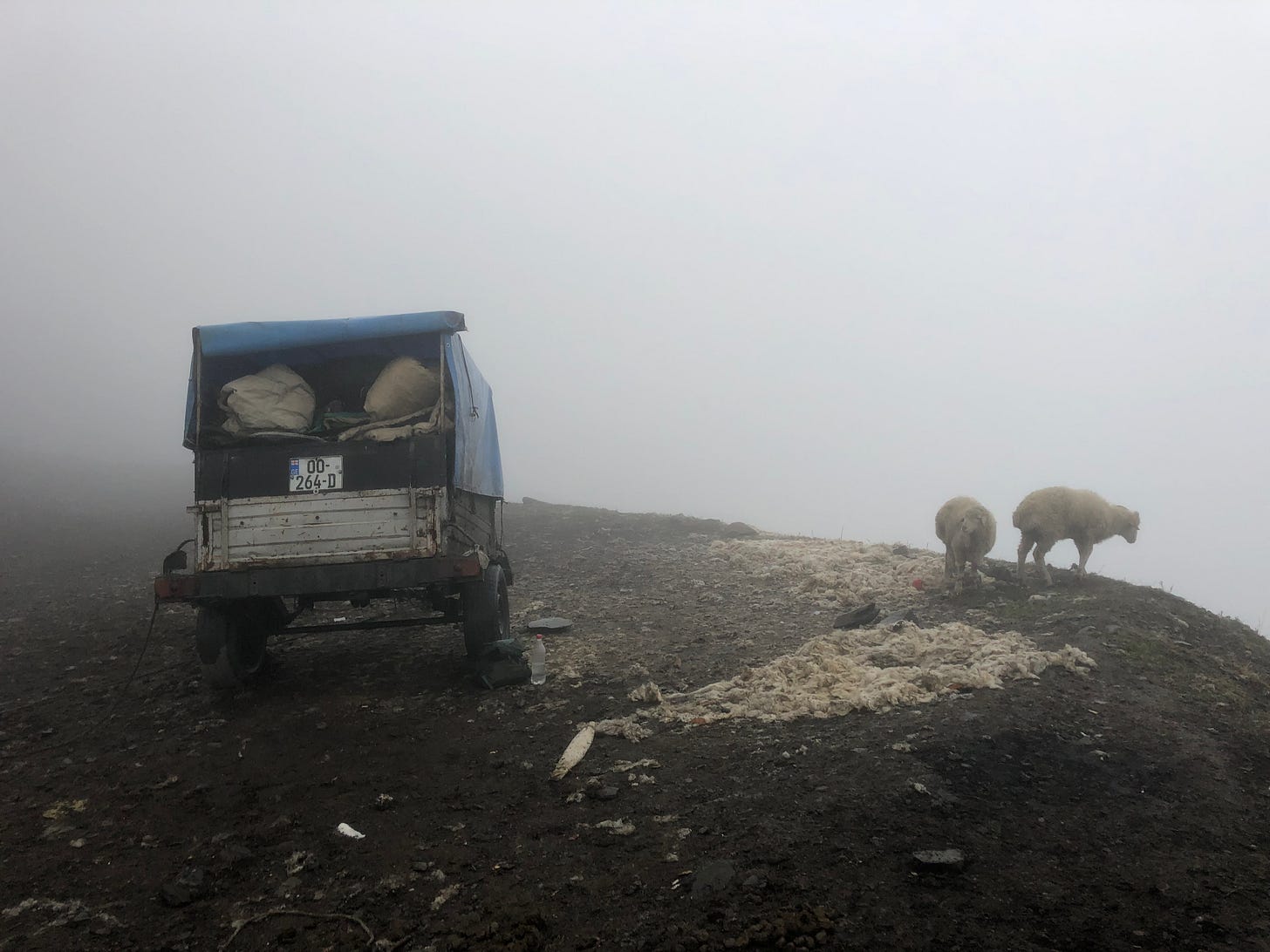
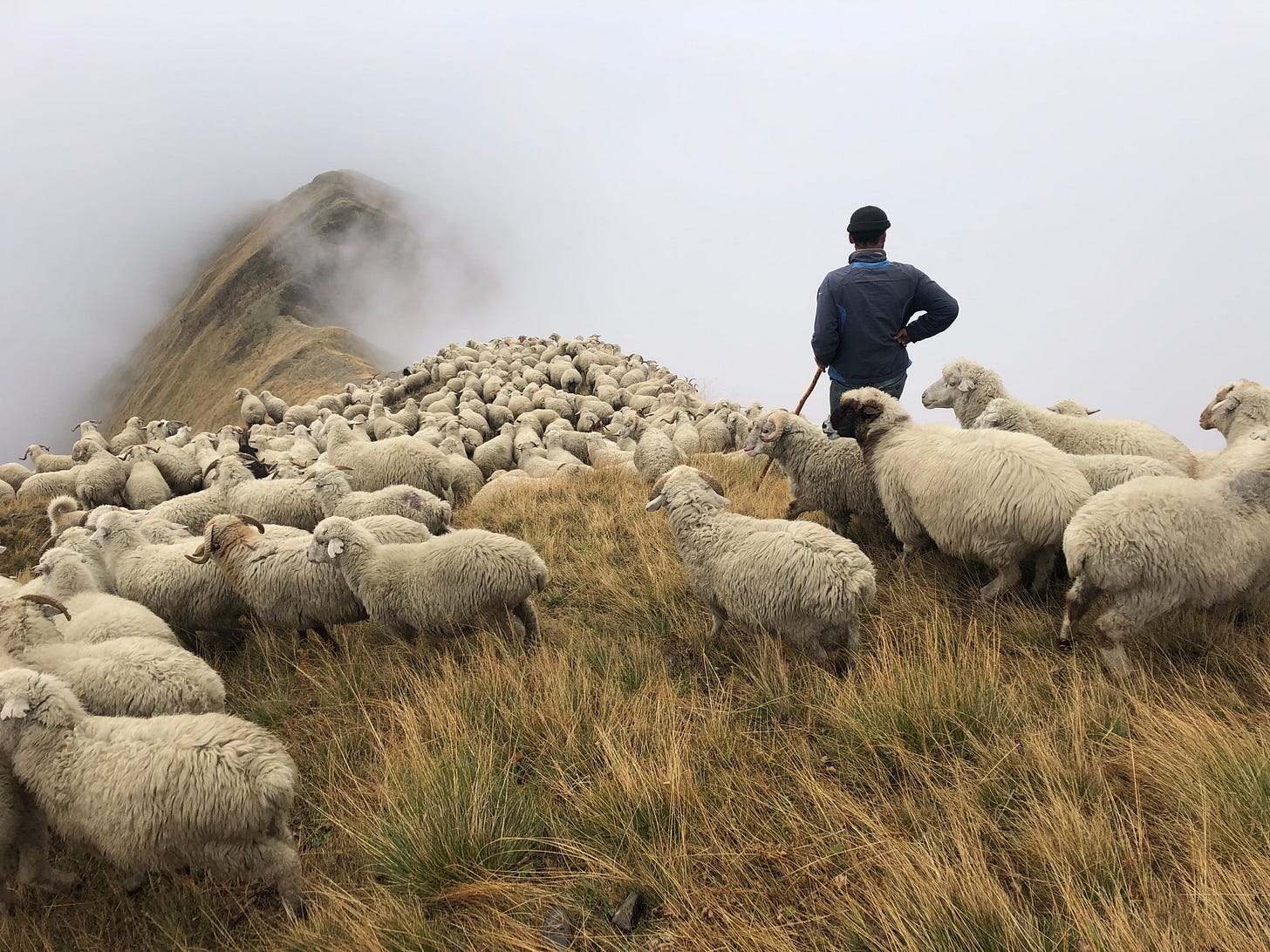
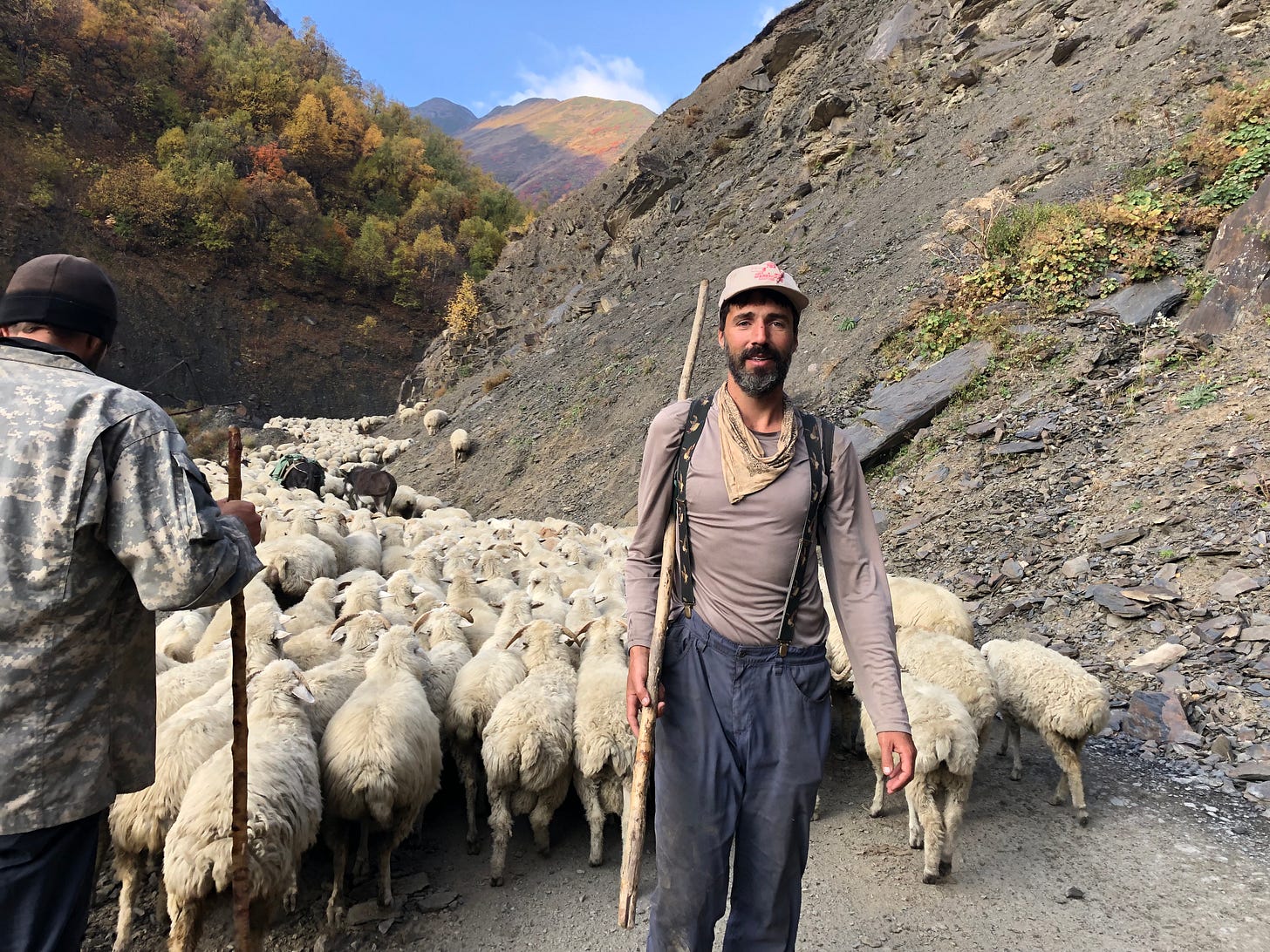
Thank you so much for sharing about your trip and research!
I have loved following your journey. Please continue to keep us posted of your work in the coming months and year. Is a book on the horizon?